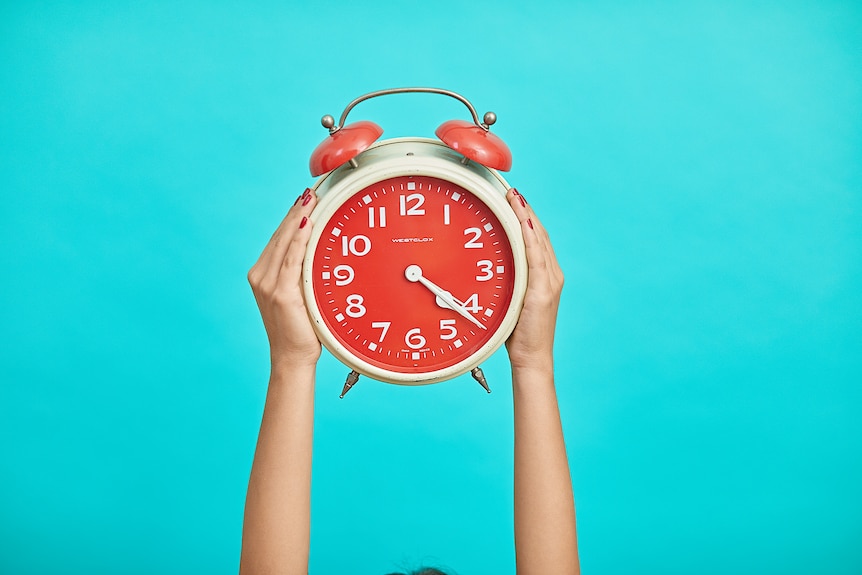this post was submitted on 29 Sep 2023
57 points (96.7% liked)
Melbourne
1871 readers
46 users here now
This community is a place created for the people of Melbourne and Victoria. We are a positive, welcoming and inclusive community. We might not agree about everything, but we always strive to stay civil and respectful.
The focus of our discussions is based around things that affect Victoria, but we are also free to discuss our local perspective on wider issues. Or head to the regular Daily Random Discussion thread to talk about anything.
Ongoing discussions, FAQs & Resources (still under construction)
Adoption Certificate for Nellie, the Daily Thread numbat (with thanks to @Catfish)
founded 2 years ago
MODERATORS
you are viewing a single comment's thread
view the rest of the comments
view the rest of the comments

Which is why we have opposite daylight time 🙂
No matter where in the world you are, your daylight time change is 'spring forward' because in spring the days grow longer, regardless of which calendar months your spring occurs in.
The days are the same length, it only changes how early and late the sun rises and sets.
No, that's not how we do it in Australia. We run 23 hour days over the summer months, and after 6 months of that we've saved up a full week which we use to have a wild country-wide party.
So when we go back you go forward? That seems so odd
As a co-worker told me, “when it’s winter in the Southern Hemisphere, it’s night in the Northern Hemisphere”. He was too stupid to be joking.
Well, not actually on the same dates. In Australia, the current period of DST runs from 1 Oct 2023 to 7 Apr 2024 (see here for details: https://www.timeanddate.com/time/change/australia?year=2023). I see Canada is switching back to standard time on 5 Nov 2023 then switching back to DST on 10 Mar 2024 (https://www.timeanddate.com/time/change/canada?year=2023).
But essentially, yeah, anywhere that uses DST will switch to DST (i.e. moves clocks forward) at a time of year when the sunrise is getting earlier (typically some time in spring), and switches to standard time (i.e. moves clocks back) at a time of year when sunrise is getting later (typically some time in autumn/fall).
The seasons are opposite in Canada and Australia, so the times of the calendar year when we change to and from DST are roughly opposite (Canada uses DST uses for about 8 months of the year, whereas in Australia it's only about 6 months, but the point is we both 'spring forward').
Huh, so if I had a friend in Australia that I talked to every day I would have to adjust for two extra hours every time daylight savings happens?
Well, because the daylight time switches are on different dates, you would have to adjust 1 hour, then another hour a month later, then 6 months later adjust an hour, then a month after than another hour 😆
Here's a table to describe that:
Holy smokes that’s super confusing. I get it, but I guess I’ve just not really ever thought about it.
Now I’m glad I do t have any Australian friends. :P